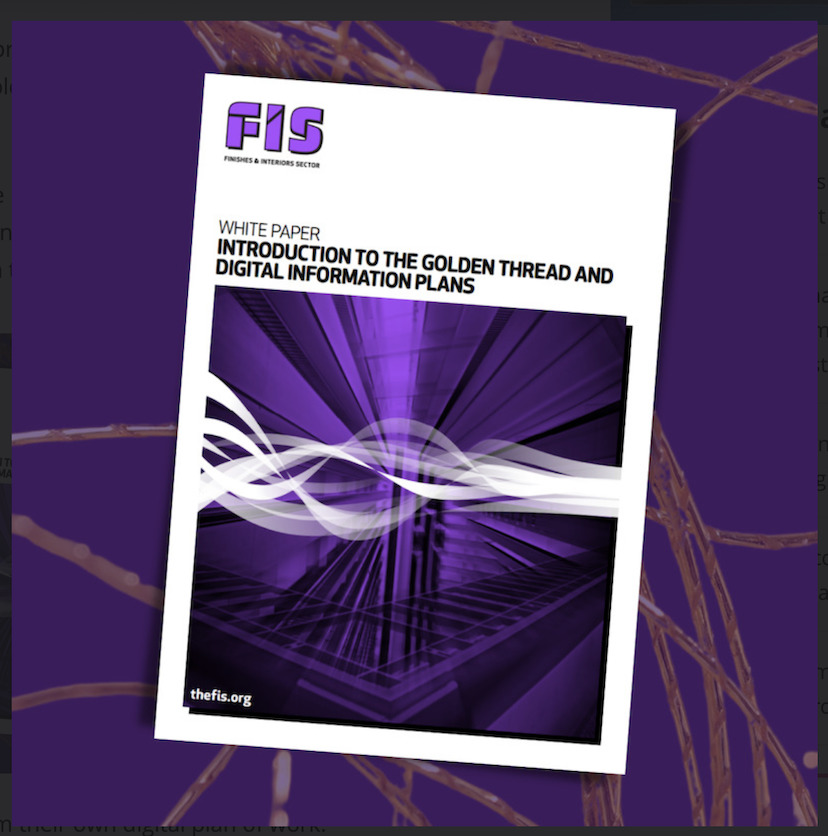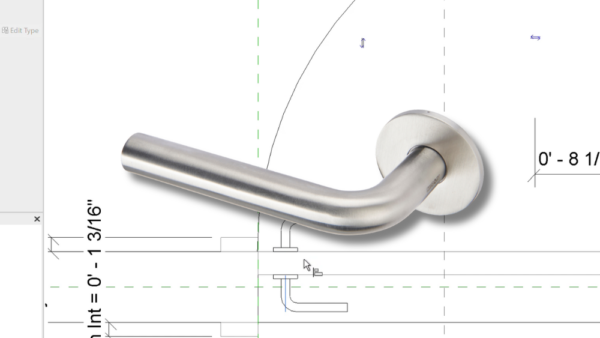A guide to clarify terms and regulations associated with the golden thread has been launched by the Finishes and Interiors Sector (FIS).

FIS recently carried out a survey into digitisation within its sector. It found that 60% of contractors, and 44% of product manufacturers, did not understand what was needed to meet digital and golden thread requirements.
In response to these findings, FIS has published an Introduction to the Golden Thread and Digital Information Plans. The work also provides commentary on BIM, digital twins and the role of artificial intelligence.
FIS said it hoped product suppliers and contractors can use it to cut through the complex terminology and form their own digital plans of work.
FIS chief executive Iain McIlwee said: “At the heart of this document is the principle that no one company and no one solution will or should deliver the golden thread alone.
“It is inherently a collaborative process that should ensure essential information is shared effectively and understood thoroughly. This is the responsibility of all in the supply chain.”
“We hope that this new FIS guidance brings clarity and provides an understanding of what is required for companies to form their own digital plan of work.”
Technical and standards information
The FIS guide has distilled published information from technical and information standards, requirements of the Building Safety Act, and wider reform of the Construction Regulations.
An overview of the Building Safety Act 2022, the golden thread of information and the new regulatory framework is provided in the guide. There is also an emphasis on Stage 4 (Technical Design) and Stage 5 (Construction Information) of the RIBA Plan of Work.
Digitalisation and the new common data environment (CDE) responsibilities are explained, as well as how to manage product data and what is needed in order to create a digital information plan.
Words: Katie Coyne








